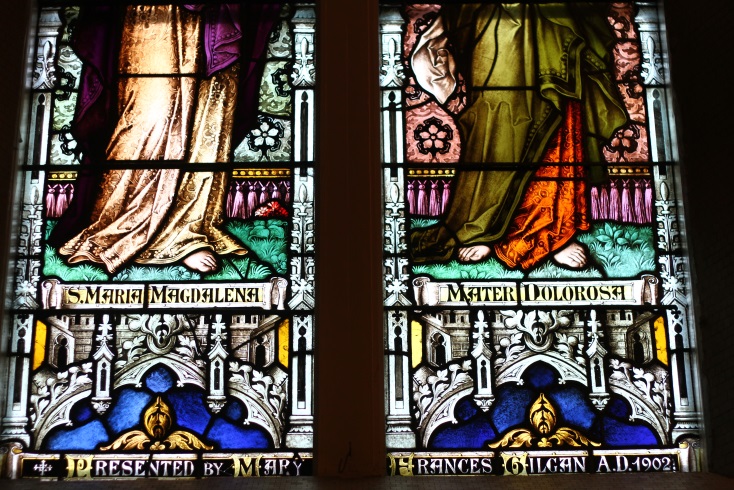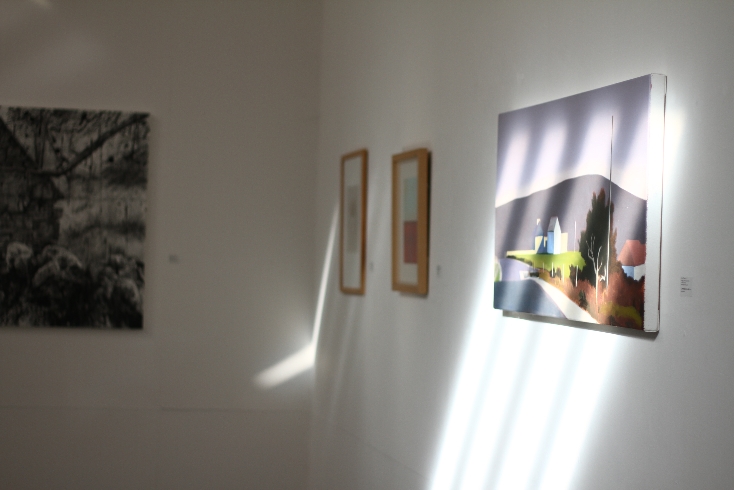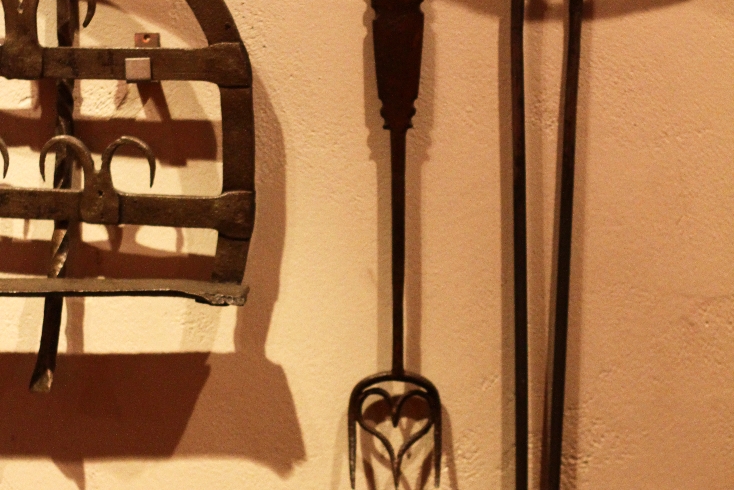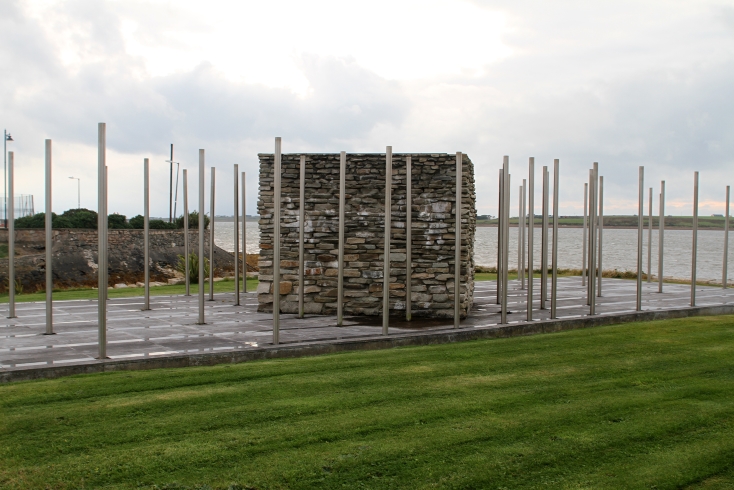
The whole difference between construction and creation is exactly this: that a thing constructed can only be loved after it is constructed; but a thing created is loved before it exists.
Gilbert Keith Chesterton
An artist who creates a piece of glass, in particular the typical stained glass plates found in many of the world’s churches, must keep in mind that the end result will be down not solely to him, but to a very special collaboration between his own skill and the first and most important interlocutor and interpreter of art: light. Long before works commence, the artist must clarify what he wants to communicate and how he wishes to do so, ensuring that each piece of glass interacts with the other, offering itself to the sun as part of a collective gift.

From this perspective, Harry Clarke’s ‘Last Judgement’, a three light window which has adorned (the choir area of) Saint Patrick’s church in Newport since 1931, is not only one of the most famous works in Mayo County, but is also a metaphor for the cultural climate of a place where each art form, like a coloured fragment, is in complete harmony with its surroundings, creating a coherent and dynamic whole.
It is good to go back in time a little. The contrast between knowledge and ability is quite clear in Western society, which has gradually marked an increasingly more precise distinction between theory and practice. But this was not always the case. In ancient Greece, for example, the same word, techne, referred both to technique - the production according to specific rules (craftmanship), and also to the unique interaction of man with the offerings of nature (ie art). Therefore the Greeks considered art and craftmanship, theory and technique, facets of the same anthropological horizon, a conceptual harmony seemingly lost, that is until you visit the Museum of Country Life in Castlebar. The museum collects various everyday objects that characterized rural life of the Irish from the Great Famine to the post second world war period. Yet there is a feeling that the museum is much more than a collection of everyday objects, rather a reconstruction of a world where each utensil, in its simplicity, expressed the genius of a people who never lost hope, and was used as a means for survival. The museum houses a form of art that stemmed from need, one that strengthens the spirit and becomes culture.

As Chagall said, "great art picks up where nature ends", and in County Mayo, the harmony with the elements, whether gentle or harsh, as in the case of the Great Famine, never suffers any interruption of continuity. This can be seen in the activities of Ballinglen Arts Foundation in Ballycastle, overlooking a hillside painted in daffodils, one that merges with the sky and becomes lost to the sea in the distance. The foundation supports professional, international artists, offering them a period of stay in the village, during which time they work and find inspiration, interacting in continuity with nature and local communities.
F Perhaps "resilience" is the word that best describes the cultural attitude of the inhabitants of the county, an ability to adapt. A permeable and dialectical instinct as seen for example in the Tír Saile Sculpture Trail, the largest public art project ever undertaken in Ireland. The Tír Saile consists of a series of fourteen works of art that are installed in beautiful places on the coast of North Mayo. The ability of the works to merge with the scenery, without losing their humanitarian message, is perfect testimony to the never-ending dialogue that takes place between man and nature, one that can be felt with every step taken in Mayo.
One of the most exciting artistic expressions that has originated from here, not surprisingly, is the Riverdance show, which is famous all over the world. Inspired by traditional Irish dance, it is characterized by rapid movements of the legs, frantic, like a river flowing, contrasted with the upper body, still, like imperturbable rocks. Riverdance is also one of the many events hosted over the years by the Royal Theatre in Castlebar, which offers the largest space for concerts and shows in all of Ireland. The people of Mayo’s vocation to the performance is evidenced by the constant presence of music: from the legendary Matt Molloy's in Westport to the smallest pub, hidden away amongst the greenery. Traditional music always sounds as if it were the binding agent of a collective soul, like the molten lead, holding together Harry Clarke’s stained glass windows, glistening in the light that beams through it.
